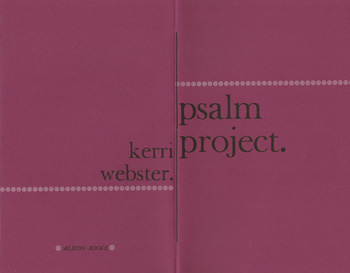And what // do I love in loving thee?
- Chandler and Price, first series, platen press, ca. 1915
By luck, by love, by affinity Poetry magazine receives reams of poetry weekly. Earlier this year, Brian Teare of Albion Books had the (lovely) idea of sending us his latest titles, with broadsides(!). In honor of ink on paper we've put up scans of WREN/OMEN by Peter O'Learly and Hart Island by Stacy Szymaszek, with a few extra pics from Albion's archives. After the jump, you'll also learn firsthand about Albion's process, past, and then some.
Albion Books
Founded in 2008, Albion Books is a one-man micropress specializing in limited edition poetry chapbooks, broadsides, and print ephemera as well as in hand-bound hardcover and limp-bound books. The press uses conserving natural resources and keeping production costs below $50 per project as formal constraints, while the goal remains to make as fine an object as possible within the given limits: 1) At least 80% of the paper for each project must come from “off-cuts” donated by or bought from other printers; 2) All letterpress printing is done on a shared 9” x 16” Chandler and Price platen press; and 3) All type is hand-set: no motor may be used on the press, and neither plates nor new type are made for a print run. Though each edition is kept small to enable production by one person, the final rule of the press is meant to encourage and sustain gift economy within the poetry community: at least 35% of each edition must be given away or bartered.
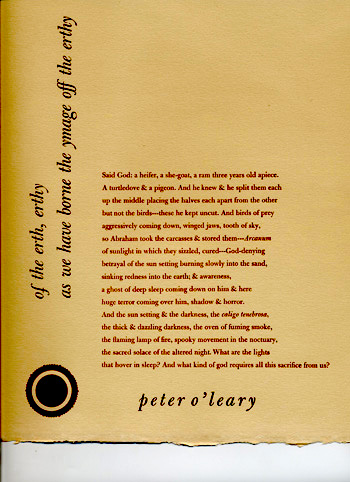
Basic thesis
Albion Books combines traditional fine press craft with digital publishing while also trying to reduce publishing waste; it's also an experiment in encouraging gift and barter economies to further develop among poets and in the wider literary community.
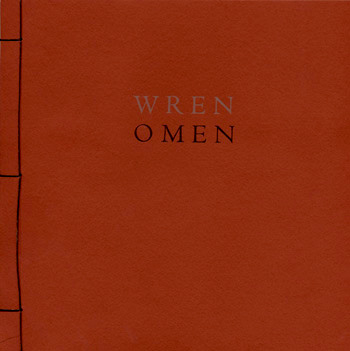
The past
The press began almost by accident: in 2008 I wanted to make a chapbook and broadside to celebrate the publication of a book by my friend, the poet Jane Mead. I'd been taking book arts classes for a year, so this was my first self-directed project, Where in the Story the Horse Mazy Dies. I enjoyed the challenge of the process so much that I decided to formalize the endeavor by planning a publishing season for the following year. In addition to ephemera to commemorate readings and publications, I put out four chapbook/broadside pairs in 2009: Psalm Project by Kerri Webster, Eirik Steinhoff's translation of 14 sonnets by Petrarch, WREN/OMEN by Peter O'Leary, and from Hart Island by Stacy Szymaszek.
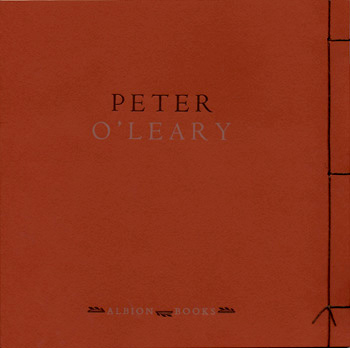
Where the chapbooks begin
Given that most publishing ventures waste as much paper as they use, I was really determined to waste as little as possible—starting with the fact that 80% of the paper I use in any edition consists of "off-cuts," the paper left behind by the projects of other printers. Thus the design of the chapbooks is largely determined by the paper I can find, which is donated, bartered for, or bought.
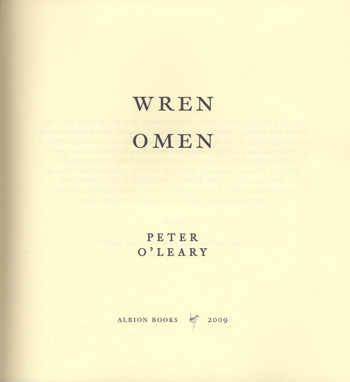
I try to match a given project with the right text paper—thus I was really excited by the long sheets that I found while trying to figure out how best to set Stacy's from Hart Island. In the best situation, typesetting, trim size, and binding style match the shape of the poem and its life on the page—and I take the author's desires and vision for the text and its exterior presentation into account whenever possible.
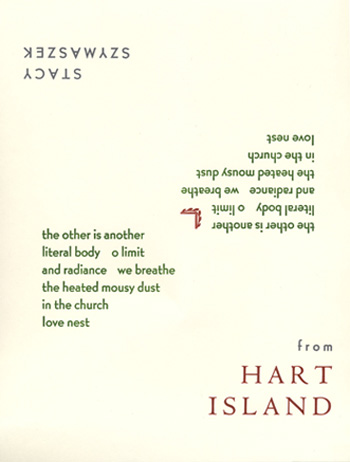
It's usually pretty easy to score the right cover weight stock, or to let whatever I've got on hand lead me into making a different book than I'd thought I would, as with Kerri's Psalm Project.
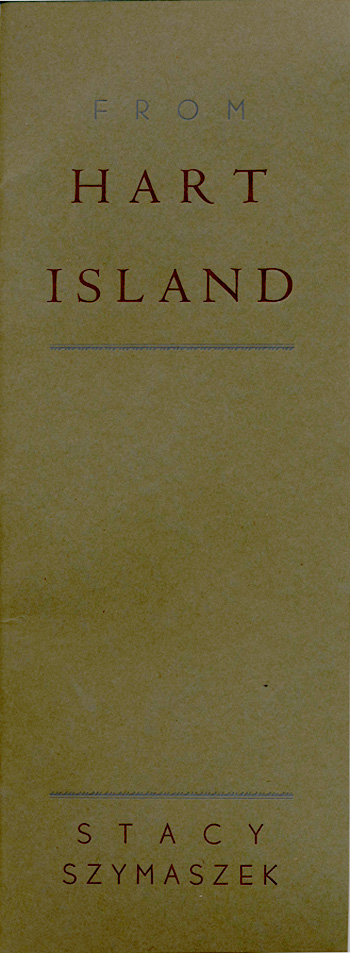
However, I usually have a hard time with finding enough end sheets for an entire edition, and so that's usually the 20% of the paper that I end up buying. Because the project has gotten some really wonderful and generous local support, I'm going to start using part of the colophon to give props to the presses that donate paper.
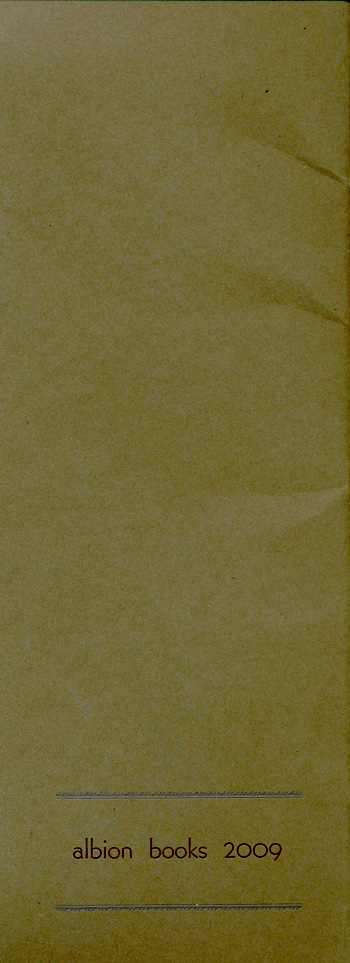
How the chapbook goes forward
Given that the size of the book is determined by the stock I find, the interior of the book is usually only typeset once I have the paper. This part is pretty traditional: I typeset it digitally and the galleys go through the usual back-and-forth with commentary by and suggestions from the author. Given the press' engagement with and investment in traditional methods of bookmaking and publishing, I really to use digital scans of details from older books as part of the design element when possible and appropriate (as with the Petrarch).
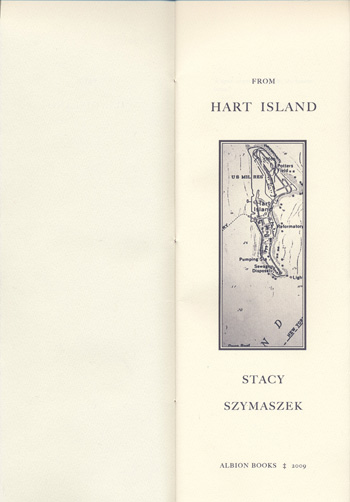
Once the text and design are finalized, I go into the print shop (either the San Francisco Center for the book or at Mead Ranch in Napa, CA), where I set type for the cover and the broadside; I still don't use photopolymer plates, both because of the waste involved and because setting in lead allows me to be a bit more improvisatory. I've got a stash of "nice" broadside paper set aside, so I decide what paper to use for the broadsides once I've set the type and figured out exactly how long the lines are when set in lead. I use a 9” x 16” Chandler & Price Platen Press (photo forthcoming) with a foot treadle, so the actual printing uses no electricity.
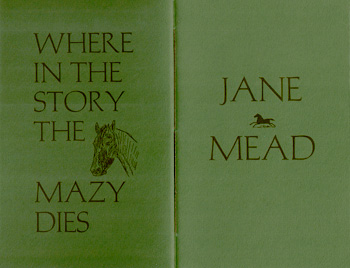
The final leg
I use a laser jet printer to print the interiors. I collate, fold, hand trim, and hand bind the entire edition. At the beginning, I made 35 books and broadsides per edition; now I generally make 55, and even those sell out quickly. The author receives 20 of these to distribute however they see fit. The rest sell for $15 a pair, though they can just as easily be bartered; buyers usually get in touch with me through the poets themselves, though I do also sell them at readings and to some library collections. And if I've produced off-cuts in the process of making the edition, I save the paper and try to use it in a future project of some kind.
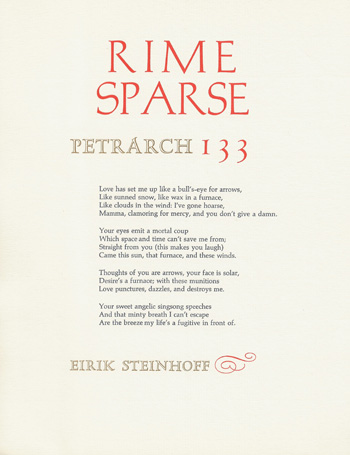
The future
I'd like to make 6–8 chapbook/broadside pairs per year for the next five years. On the one hand, I think of editing the press as a very direct way to support the work of writers I admire; on the other, it's also a statement about poetics and literary community, a way of trying to amplify already-existing conversations between, say, poetries in Chicago and New York and San Francisco, not to mention St. Louis and Tucson. Many of the chapbooks have emerged from my sitting in an audience and listening to a fantastic reading, though just as many are extensions of my being a passionate reader of the poet's work. 2010 will see Albion Books from Laura Walker, Jane Miller, NS (Nathalie Stephens), and Lisa Fishman.
